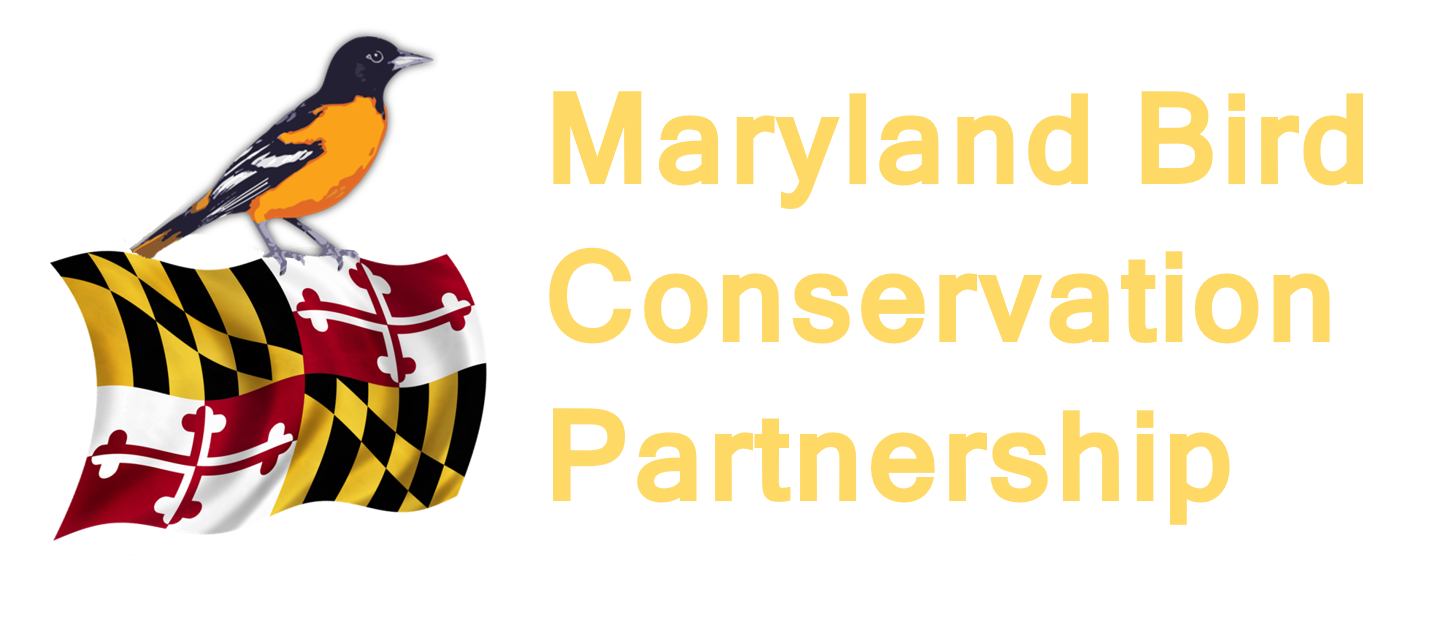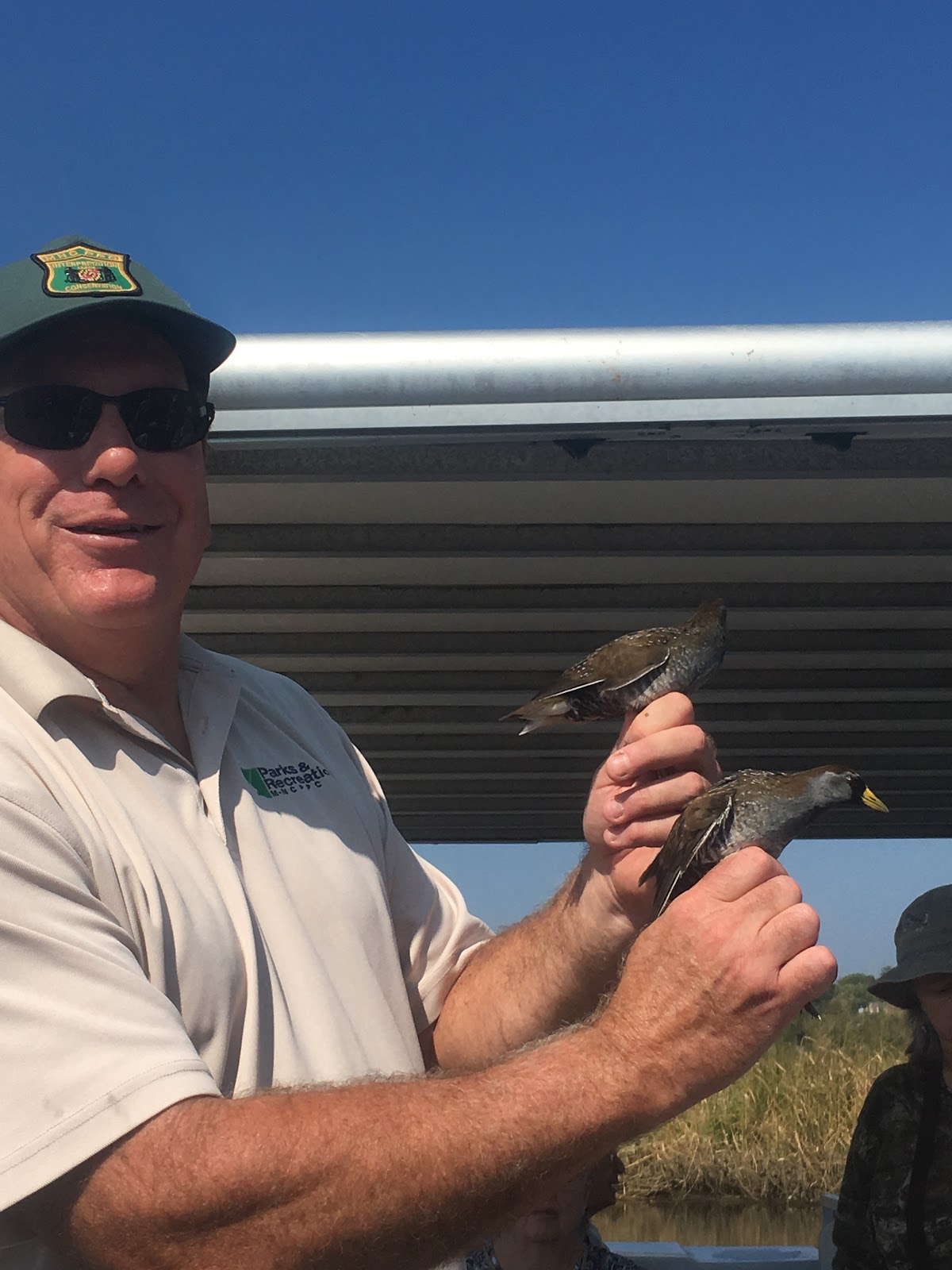I barely made the boat trip with Anne Arundel Birding Club to join Naturalist Greg Kearns in searching for one of his two focal research species, the secretive Sora Rail (Porzana carolina). Fortunately for me the pontoon boat was still at the dock when I arrived at Patuxent River Park, ironically home of the historic hunting grounds of the Sora Rail.
Greg’s reputation as a passionate researcher and conservationist preceded him, as well as his ability to relay information non-stop for several hours seemingly without taking a breath.
I eagerly anticipated a trip that would enhance my limited knowledge of Sora Rails (by limited all I could dredge up was “rails are secretive marsh dwellers”). What I was surprised to find was a 30 year long story of wild rice wetland restoration in the Jug Bay Natural Area, which has been credited with positively impacting Sora Rail populations as well as many other avian species. This restoration earned Greg the Environmental Law Institute’s “National Wetlands Award for Conservation and Restoration”. His studies in the 1990’s showed that Sora Rails were critically dependent on wild rice during their migratory stopovers, fattening up on the high nutrition density of wild rice, smartweed, and other seed bearing annuals. After actively managing for wild rice, while removing invasive species, it became clear that eliminating the geese from the rice plants would be key to the marsh restoration. Fencing along the marsh edge has successfully kept the geese from decimating the restored wetland plants.
The story of the marsh restoration reminded me of a recent critically acclaimed documentary “Biggest Little Farm”, that follows the journey of two farmers bringing an arid orchard back to life, while dealing with the impacts of invasive species, climate change and corporate agriculture. It also brought to mind a recent study demonstrating the positive trophic cascade of restoring wolves to Yellowstone. The restoration of habitat, food sources, and apex predators to ecosystems that have had these components altered by human beings is bringing complex food webs back into balance.
Greg not only has improved Sora habitat, he has caught and banded over 5000 Sora Rails and fitted many with radio telemetry to track via the MOTUS system.
Project 172 is Greg’s latest tower that he installed in Bermuda this year to fill in migratory information gaps. MOTUS provided my favorite Sora Rail fact: a Sora was tracked flying to the Bahamas in 19 hours and 22 minutes, over 1000 miles while flying 52 mph with a 20 mph tailwind! I could hardly wait to see one! As we navigated slowly along the marsh edge Greg used the digital playback system that he designed for his traps, which drew inspiration from the technology in wax museums that made the figures talk! Apparently he was not playing a mating call because no Soras emerged, they would have undoubtedly been disappointed to find 24 pairs of binoculars staring back and not another Sora looking for a partner! Greg was able to detect the presence of the Soras in the marsh that had been radio tagged using his radio direction finder, and sometimes we could hear a response to the call. After an hour of cruising the shallow waters of Jug Bay and enjoying sighting over 40 different taxa of birds Greg decided we would connect with his research team and view the birds that had been trapped that morning for tagging or banding.
I was thrilled to have the opportunity to release a banded Sora and get an up close view of its tiny chicken like self ( they are smaller than Robins!). Greg’s trap design is based on the Sora Rail’s gregarious nature, apparently they find each other through their calls and will walk down a guided path into the trap to see who is calling.
I have now decided that the origin of the word gregarious comes from Greg Kearns. His enthusiasm and pleasure in sharing his research and knowledge has impacted not only the Soras and the marsh, but the people who have come to appreciate them through his work.



